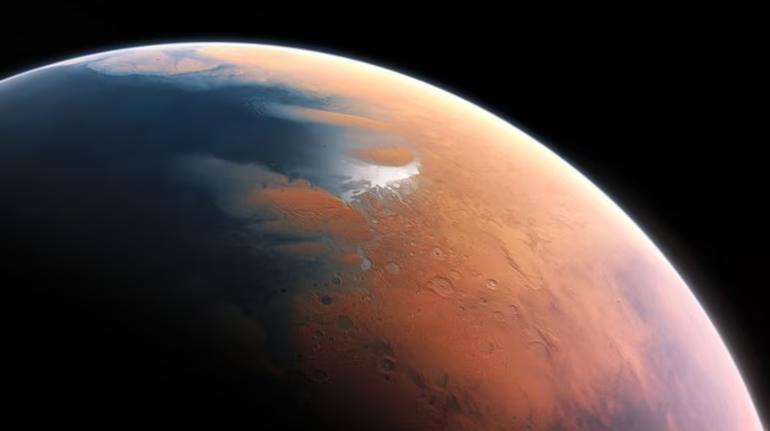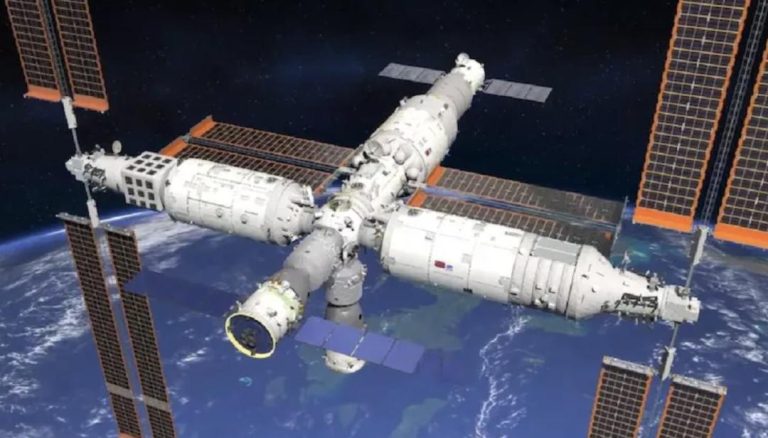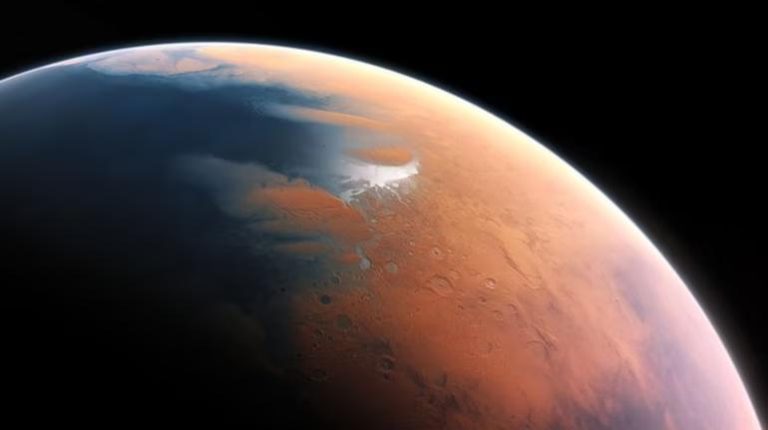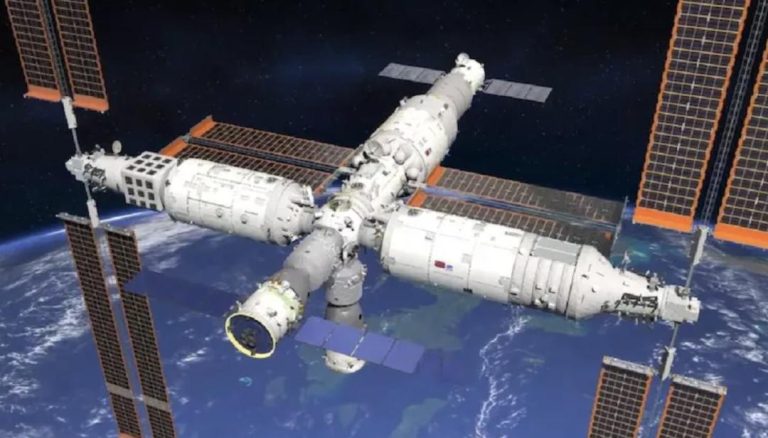
Mars may have once had rain & snowfall, finds new study
Mars, the red planet, has long been a subject of fascination for scientists and space enthusiasts alike. For years, researchers have been studying the planet’s surface, searching for clues about its past and potential for supporting life. A recent study by the University of Colorado Boulder has shed new light on the Martian environment, suggesting that the planet may have once experienced rainfall and snowfall. This finding has significant implications for our understanding of Mars’ history and potential for supporting life.
According to the study, published in the journal Science, the researchers used a combination of computer simulations and laboratory experiments to recreate the Martian environment about 4 billion years ago. During this time, Mars is believed to have had a thicker atmosphere and a warmer climate, making it more hospitable to liquid water.
The team, led by Dr. Edwin Kite, used a computer model to simulate the Martian atmosphere and weather patterns during this period. They found that the simulations produced conditions that were conducive to rainfall and snowfall, with temperatures ranging from -10°C to 20°C (-14°F to 68°F).
To verify their findings, the researchers also conducted laboratory experiments using a Mars-like atmosphere and a surface made of Martian rocks. They found that water vapor in the atmosphere condensed and formed droplets, which then fell to the surface as rain or snow.
The study’s findings are significant, as they suggest that Mars may have once had a more Earth-like environment, with liquid water flowing on its surface. This, in turn, raises the possibility that the planet may have been capable of supporting life.
While the study’s findings are exciting, it’s important to note that the researchers are quick to caution that the results are still preliminary and require further verification. The team is planning to conduct additional experiments and simulations to confirm their findings and better understand the Martian environment.
So, what does this mean for our understanding of Mars and its potential for supporting life? If the study’s findings are confirmed, it could have significant implications for future missions to the planet. NASA’s Mars 2020 rover, which is equipped with instruments designed to search for signs of past or present life, could potentially find evidence of water on the Martian surface.
The study’s findings also raise questions about the long-term habitability of Mars. If the planet was once capable of supporting liquid water and life, it’s possible that it could do so again in the future. This has significant implications for our understanding of the potential for life beyond Earth and the search for extraterrestrial life.
In conclusion, the study’s findings are a significant breakthrough in our understanding of Mars and its potential for supporting life. While the results are still preliminary, they suggest that the planet may have once had a more Earth-like environment, with rainfall and snowfall. This raises the possibility that Mars may have been capable of supporting life and has significant implications for future missions to the planet.




